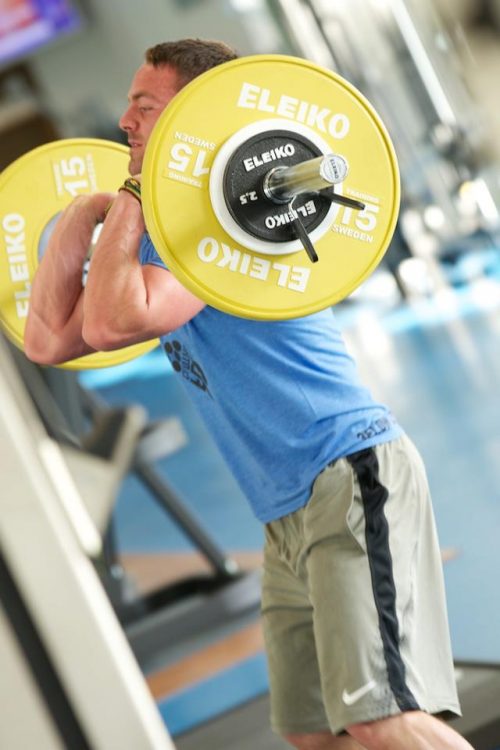With all the different styles and methods available, what to use and why can sometimes get a little overwhelming. While traditional methods are good for novice lifters, or those who have had a period away, you will inevitably plateau. When it comes to increasing the total work or load achieved in a session, cluster sets are a good place to start. Often referred to as rest-pause sets, this method allows you to shift more weight per set.
What Are Cluster Sets?
Where a traditional layout may be 3 x 10, so three sets of 10 reps, a cluster set is a little different. Instead of a straight set of 10 reps, you could perform 2 reps followed by 20secs and repeat 5 times. These 5 mini sets of 2 would count as 1 working set overall. So the same total number of reps but split into 2’s by 20seconds rest.
This method has been shown to increase total load over a session. The mini breaks allow you to load the bar with a greater amount of weight. You are completing the same total reps but at a greater weight.
Why Might I Use This Method?
As mentioned in the opening paragraph, this method probably isn’t necessary for a novice lifter. However, it may be a useful tool for those who have hit a plateau and still wish to increase their loadings gradually. Personally, I feel this method has more use in Power and absolute strength training, why? The short breaks allow me to recover slightly and generate a higher level of force each burst of 2. If I tried to hold tension across 10 reps there is no way I would move as much as in a cluster set. Even within power and strength sessions the total reps and weight performed would differ. If you’re looking to improve the repeatability of your power output then give this a go.
5 x 6 (2.2.2) w/2-3 mins
So that is 5 sets of 6 reps. However, the 6 reps are split into mini sets of 2 with 20-30secs rest between. 2 – 3 minutes rest is then taken between the full working sets. A power clean may be a good exercise to give this a go.
Final Note On Cluster Sets
The research into cluster trainer is mixed, some show greater responses than traditional train ing whilst other do not. If you are still progressing using the method you are currently following then stick to it! For those of you who are struggling to progress or simply want to try something different, give it a go. As a strength & conditioning coach in Berkshire, I often find people are too eager to change when something is working. Often the best way to progress is to keep things moving forward gradually. When you hit a bump in the road, find an alternative that works and keep gradually moving forward. Repeat this process and you’re well on your way to reaching your goals.
The basis for this post comes from a great instagram account I follow. If you’re interested, check out Evidence Based Movement.
